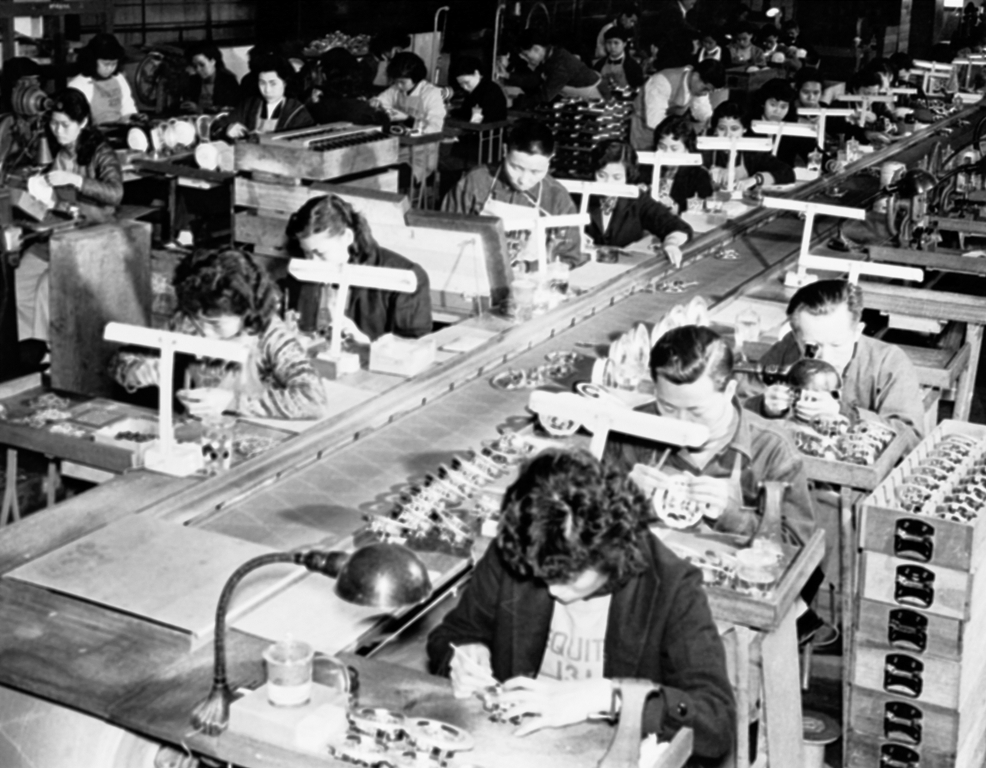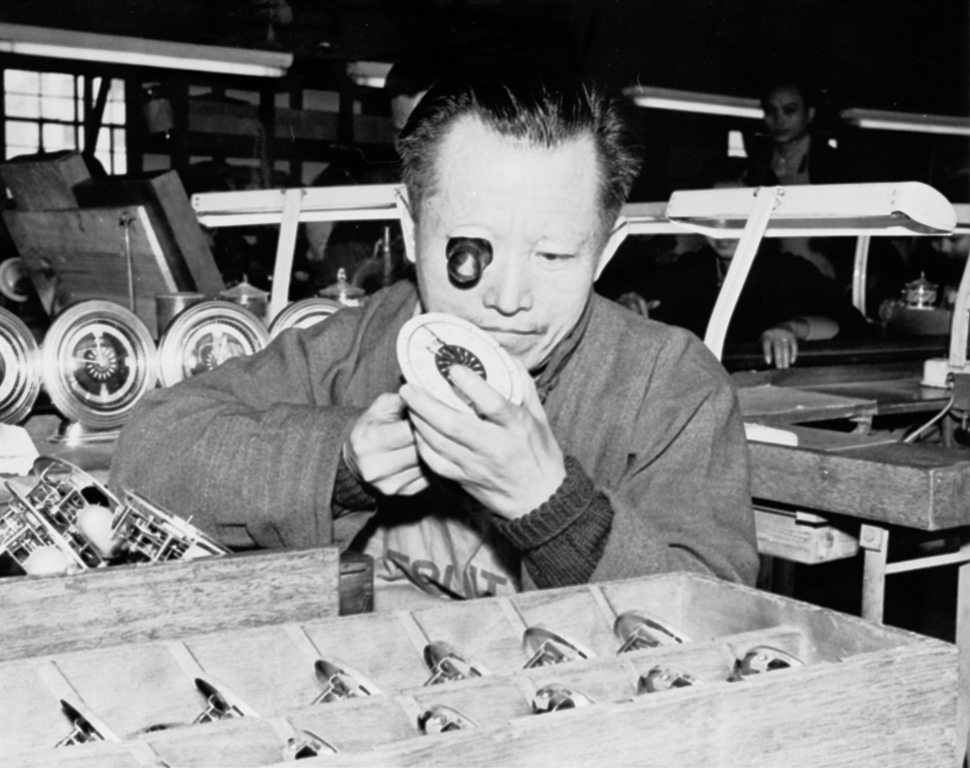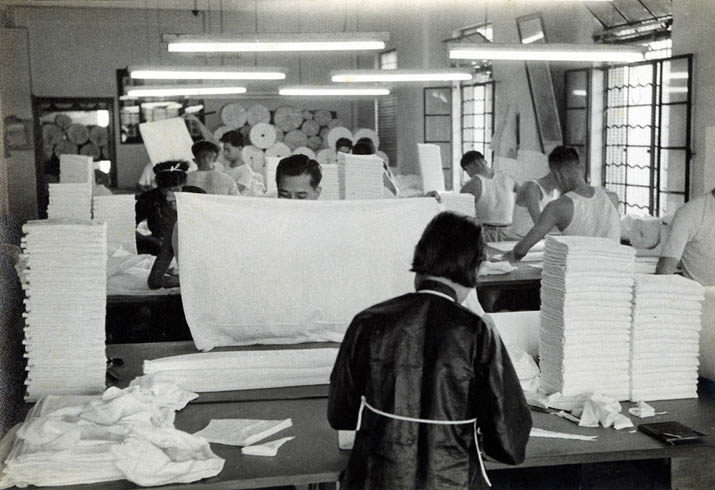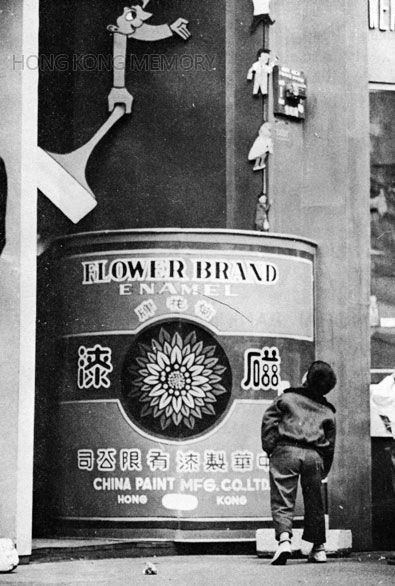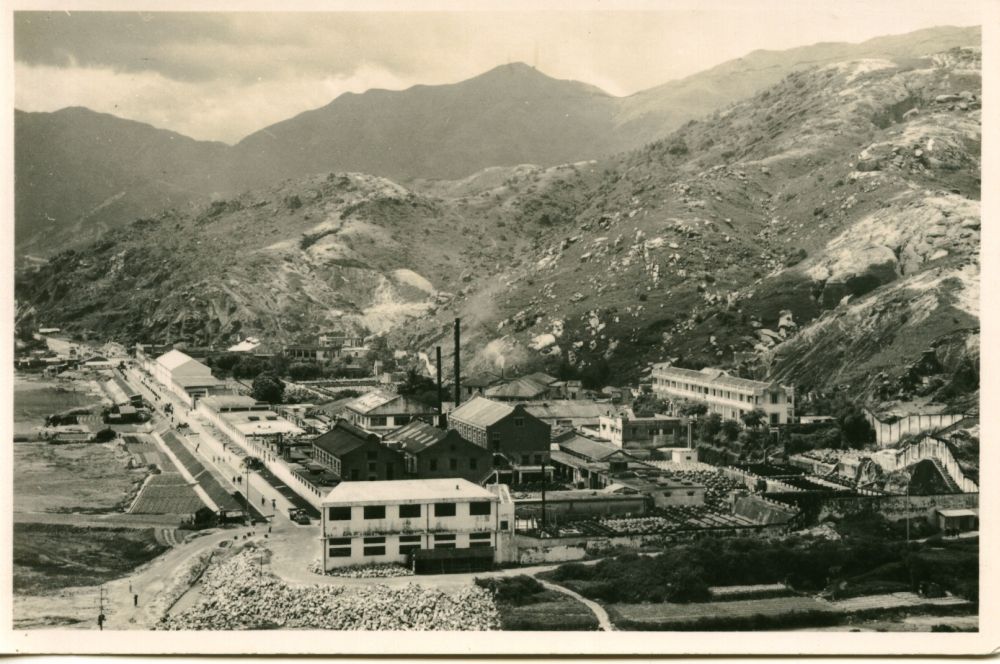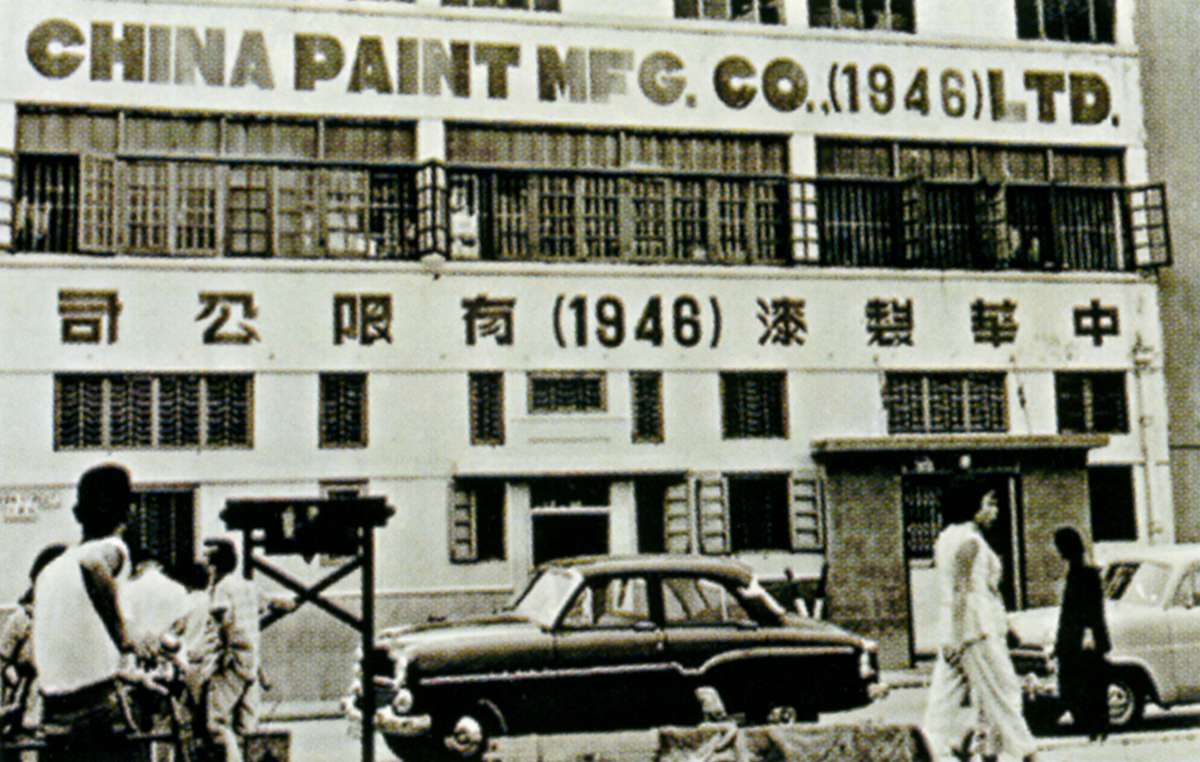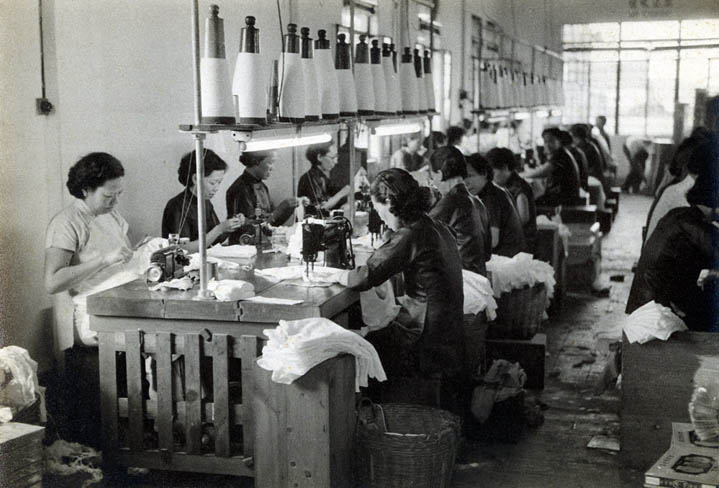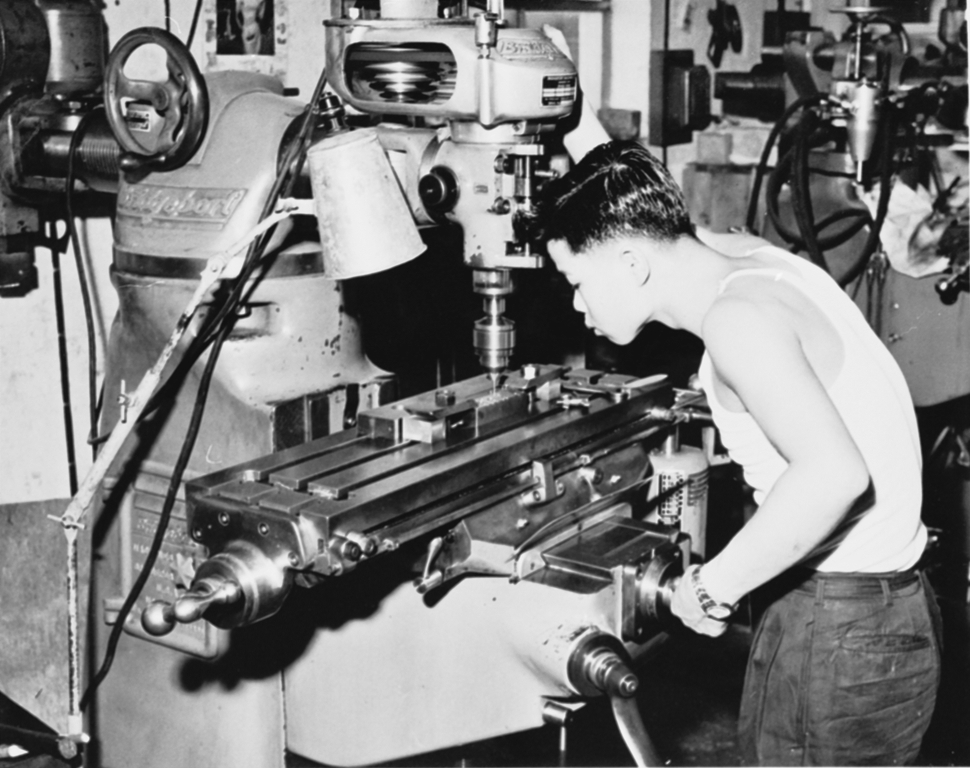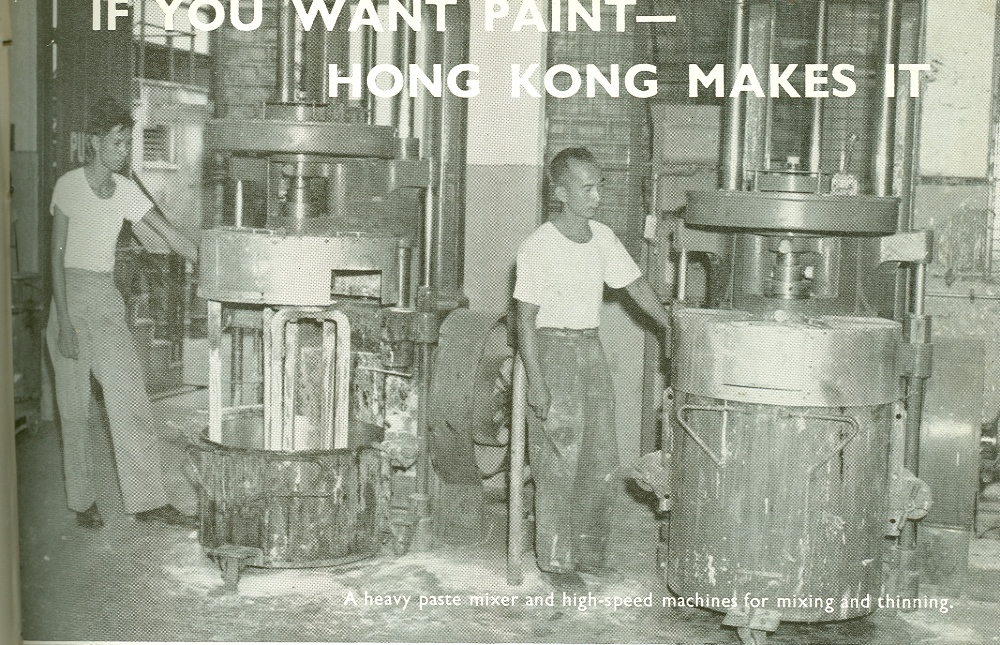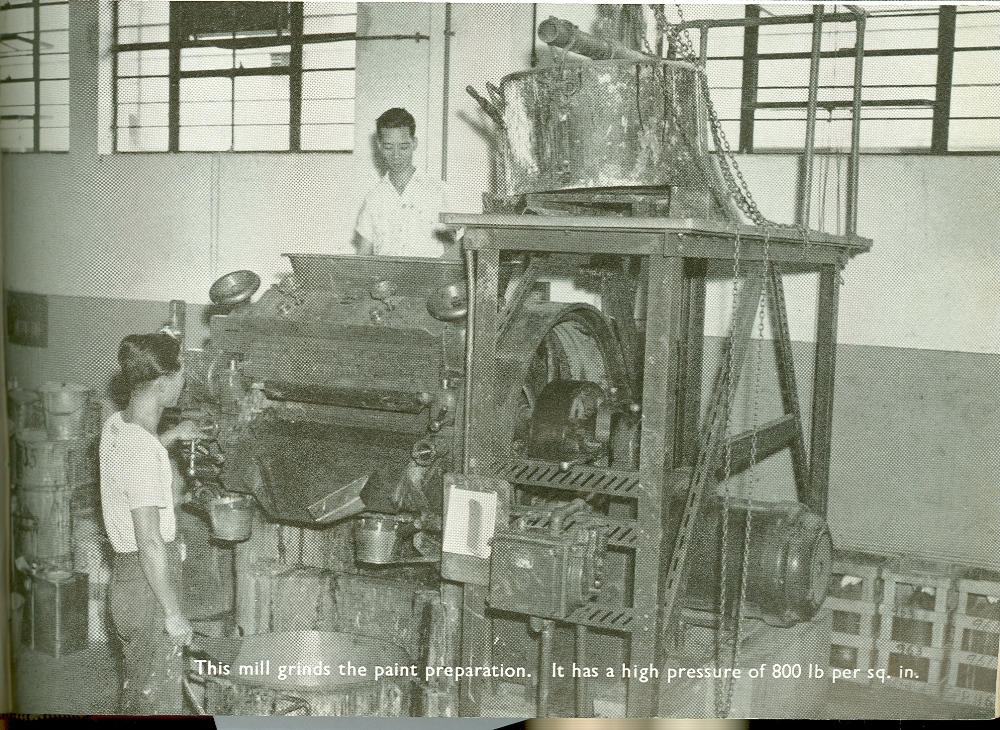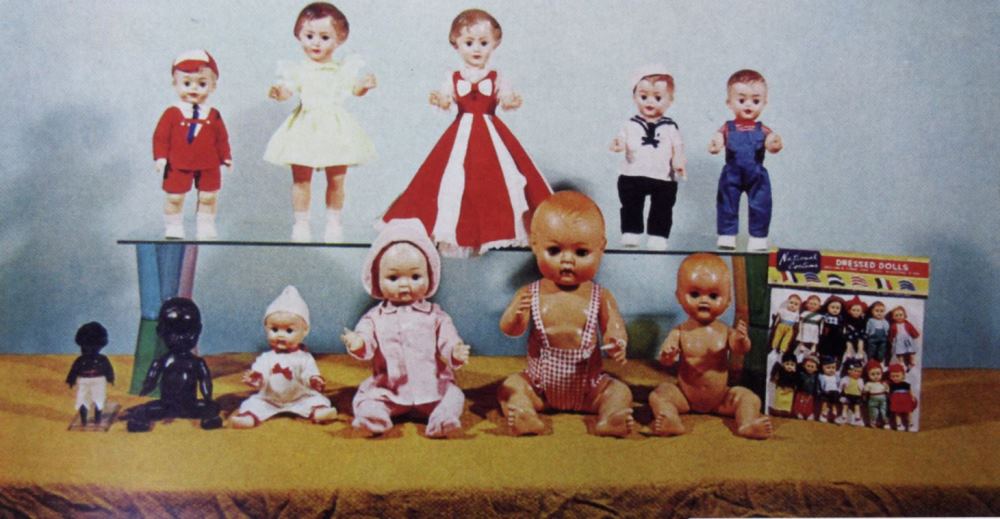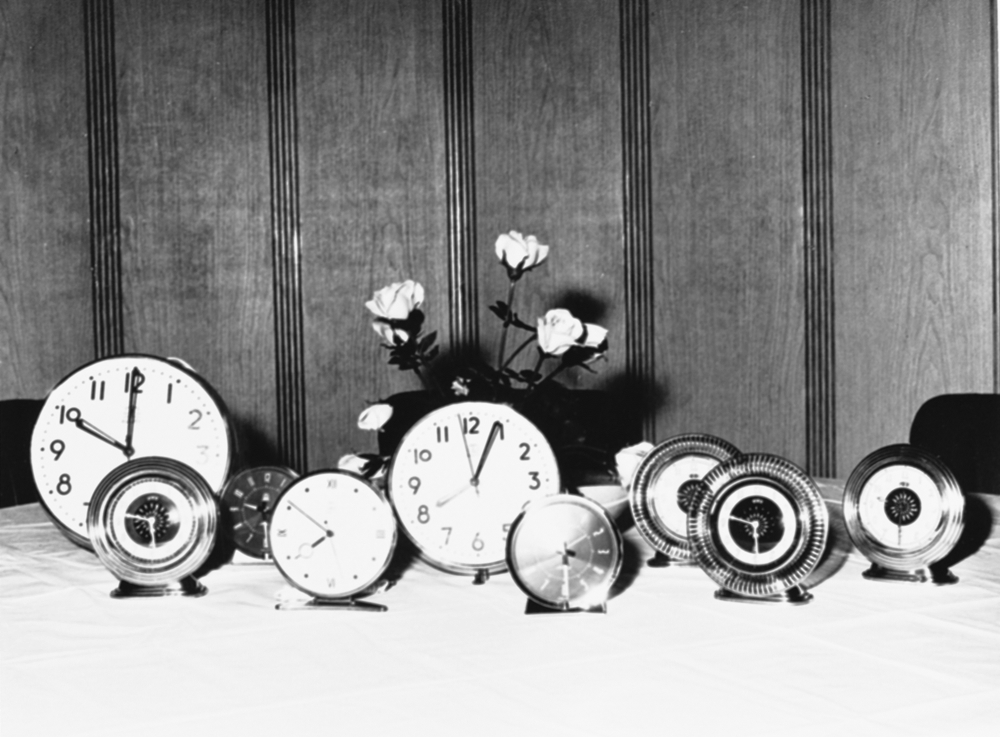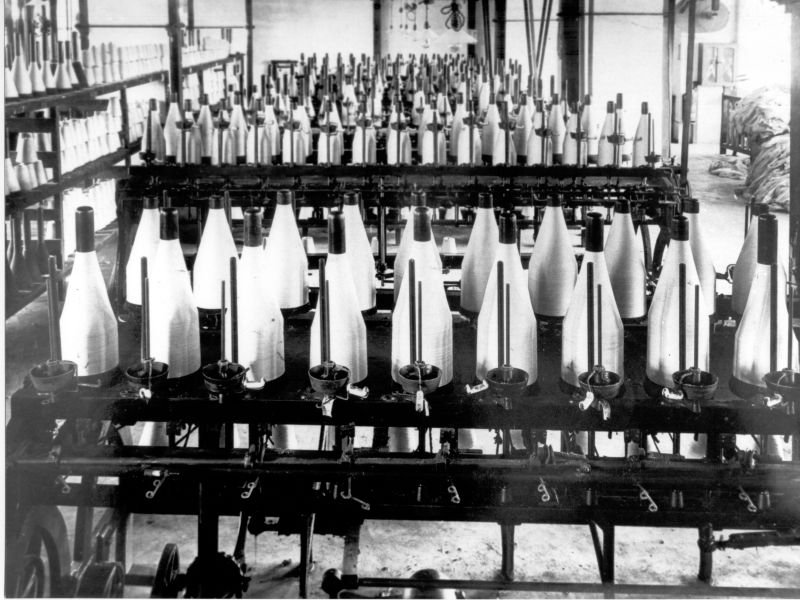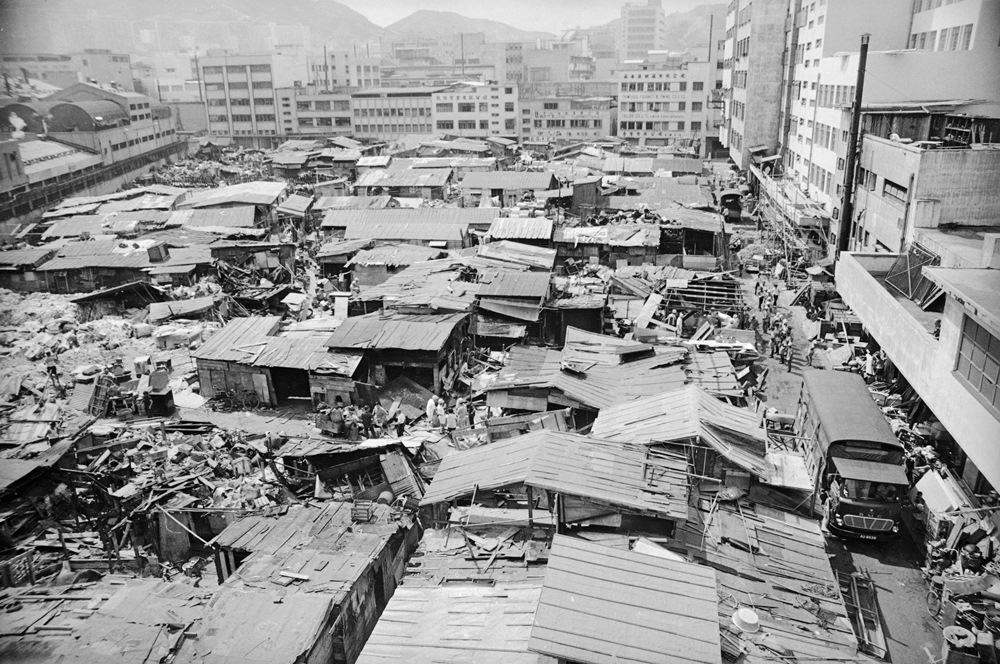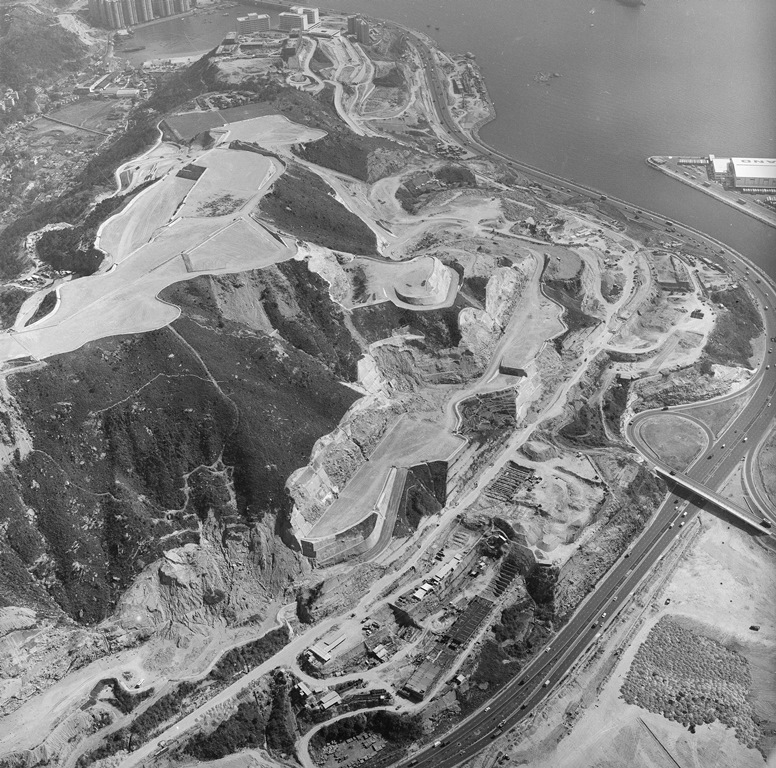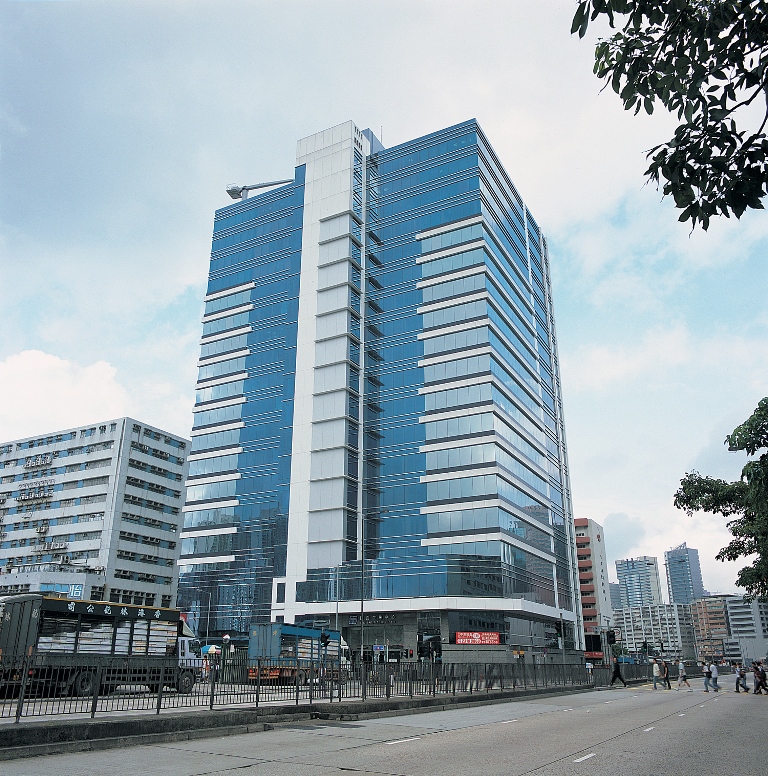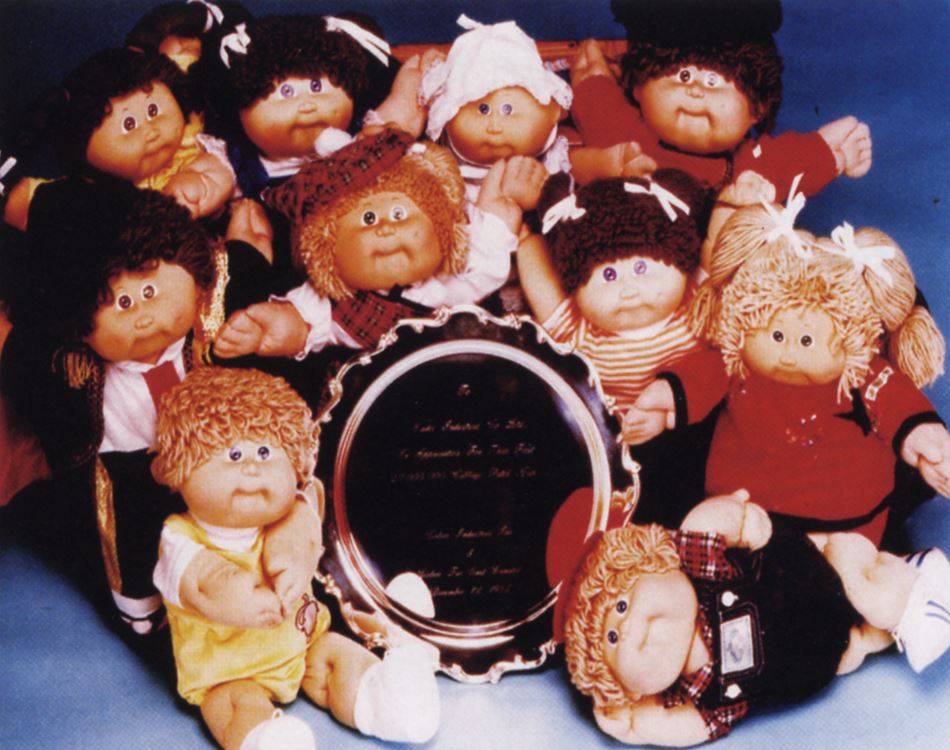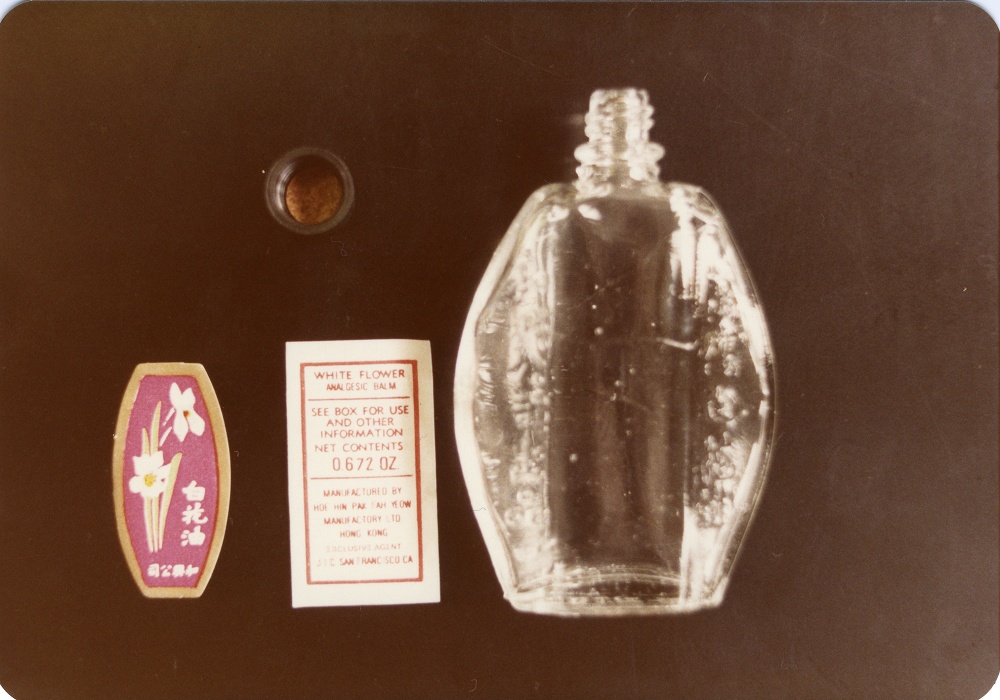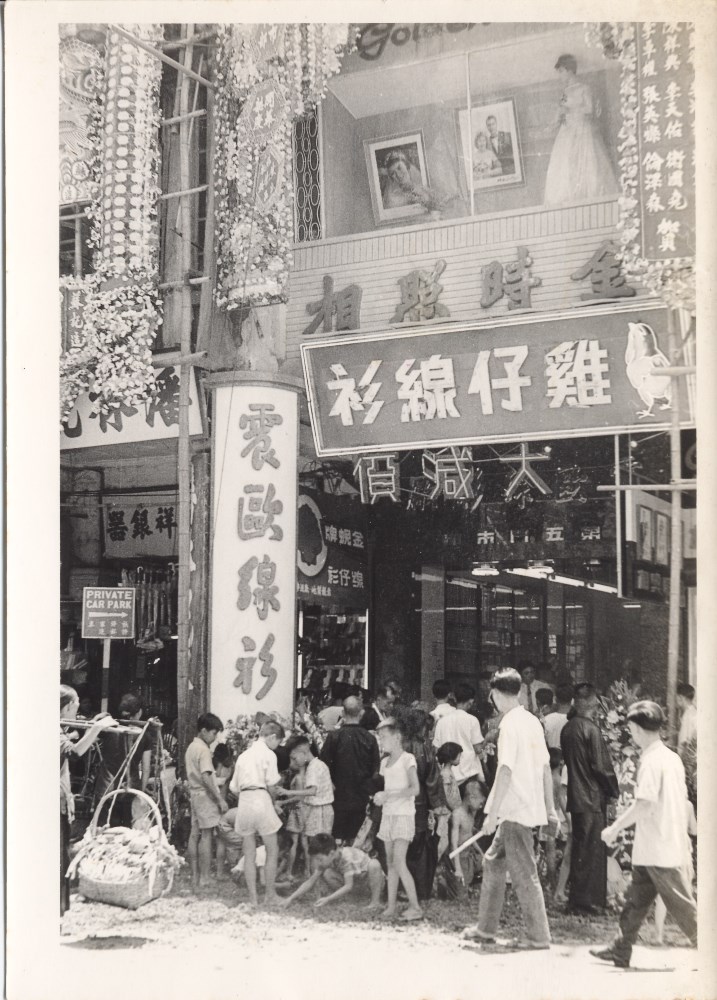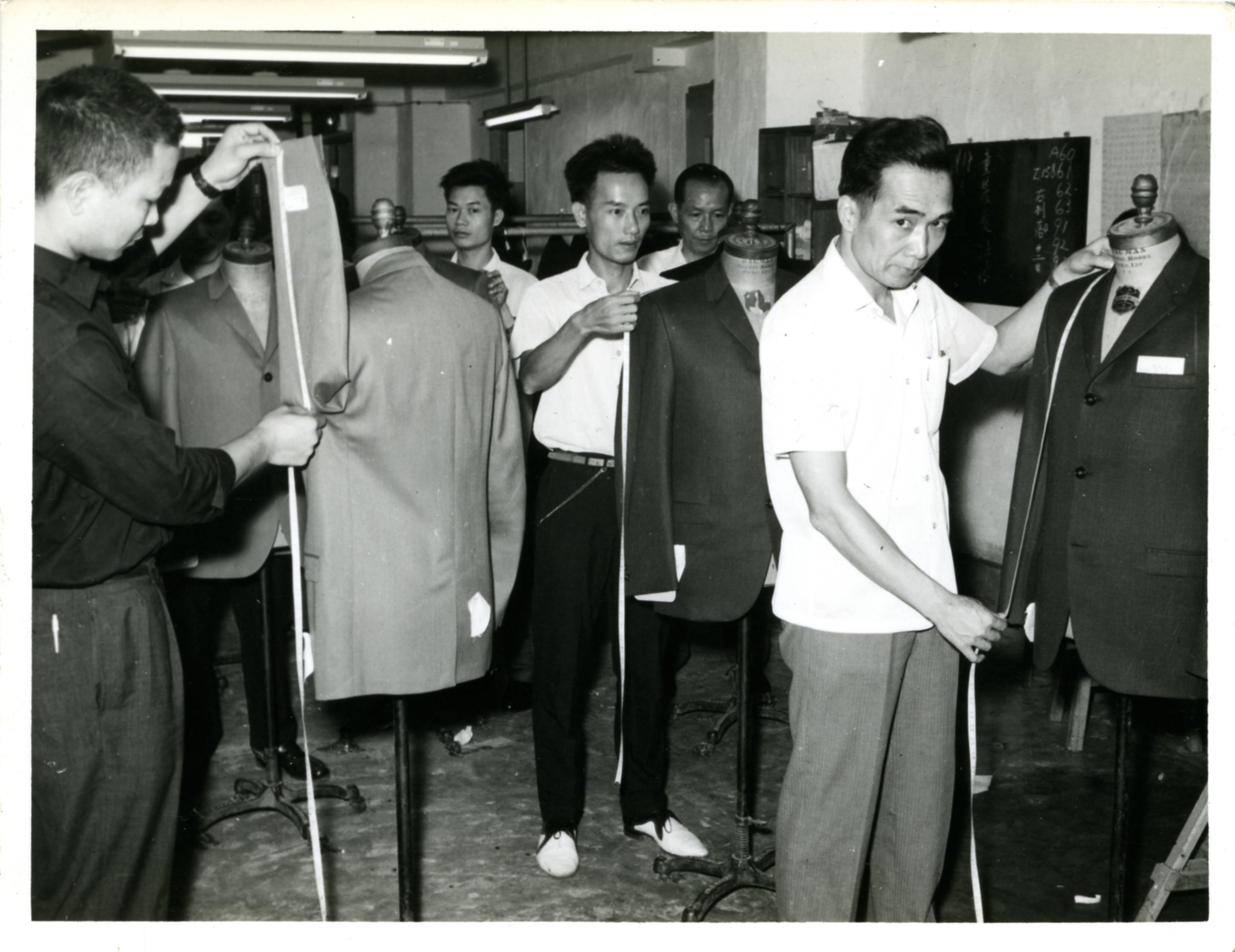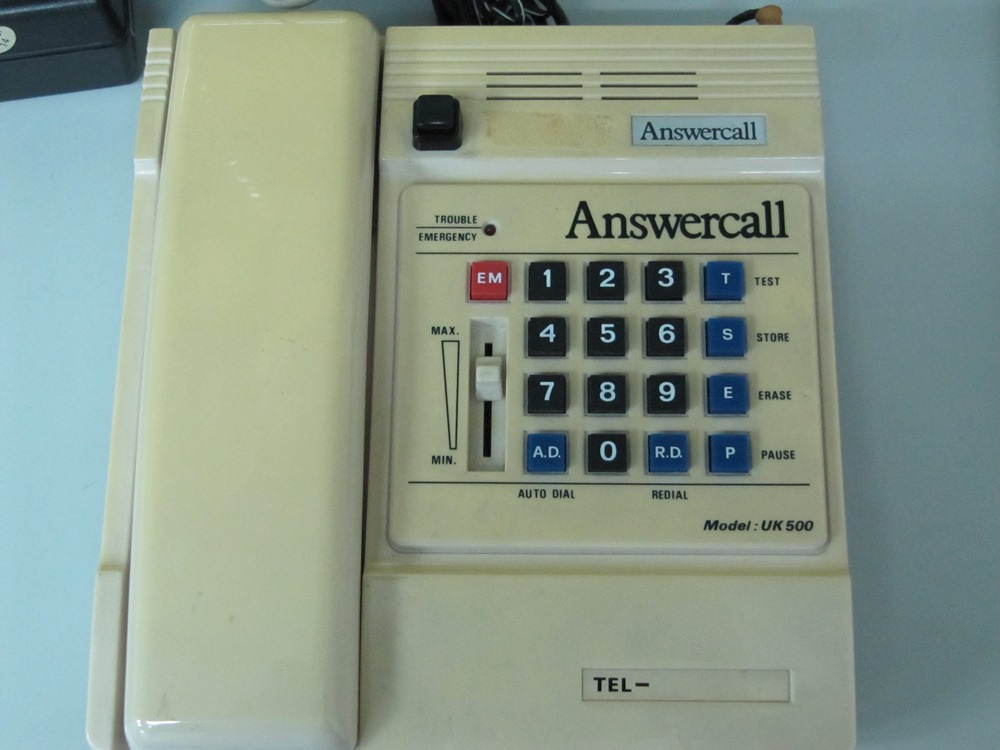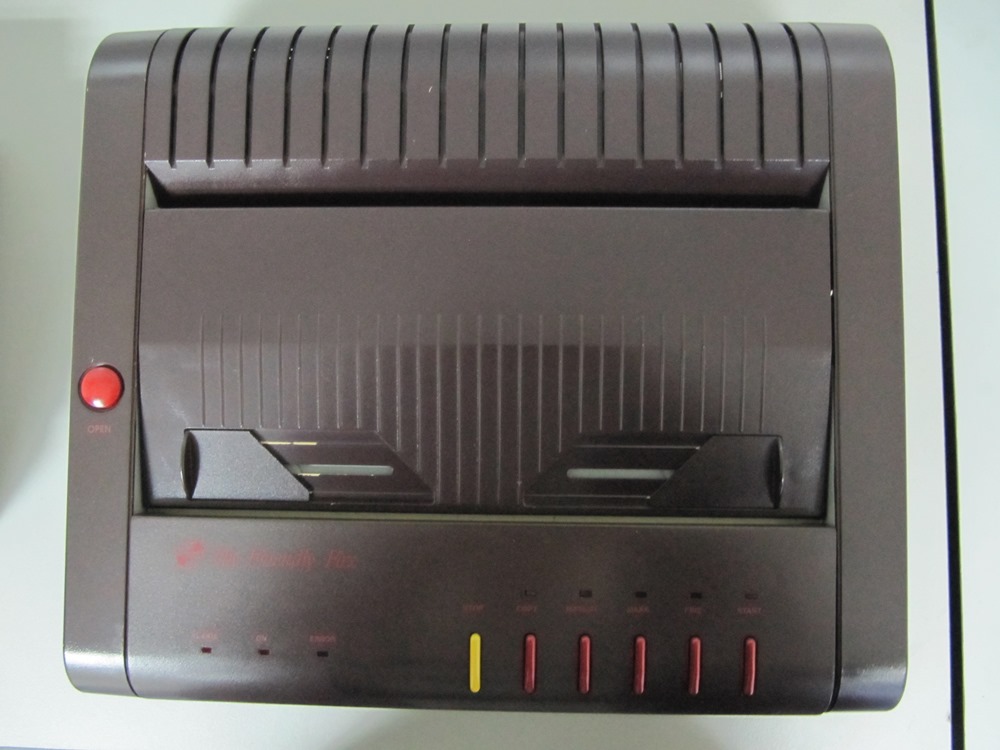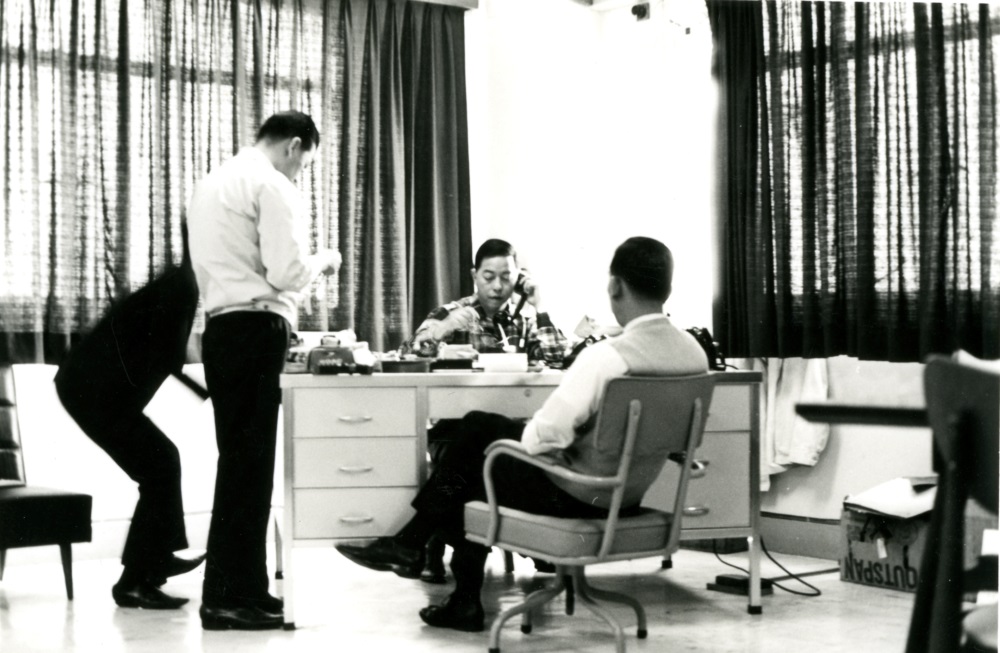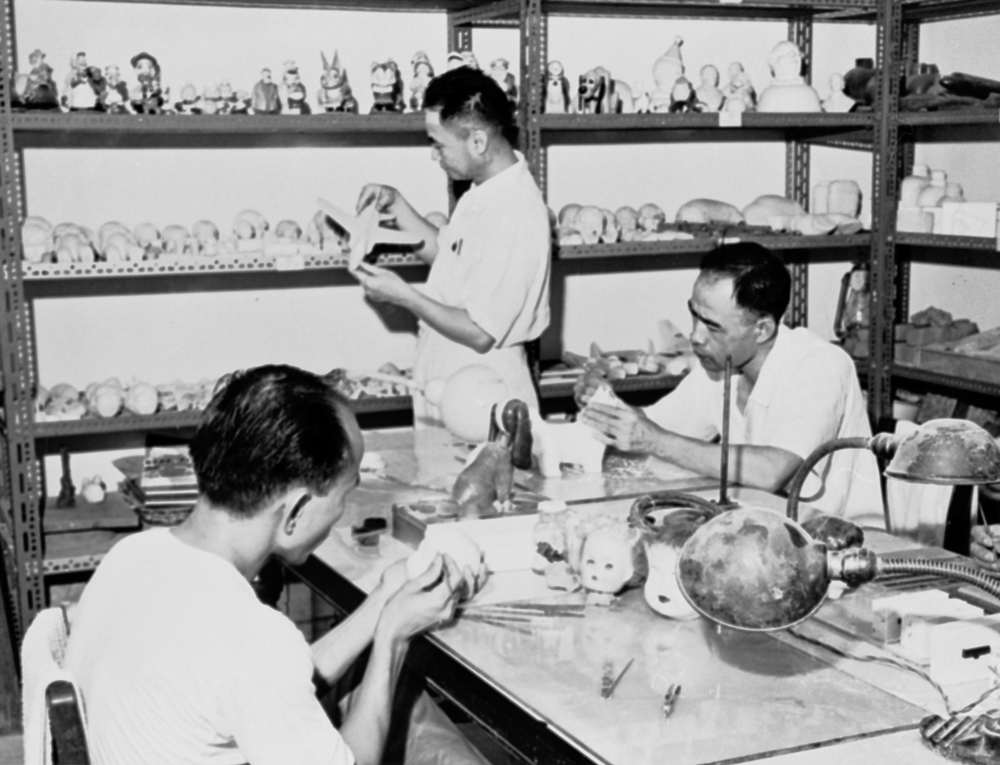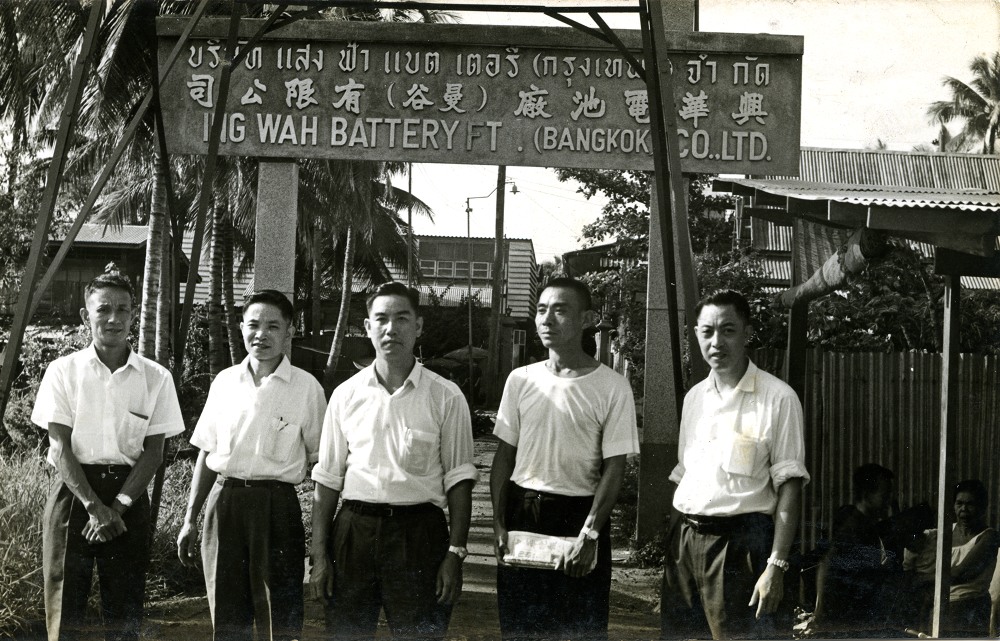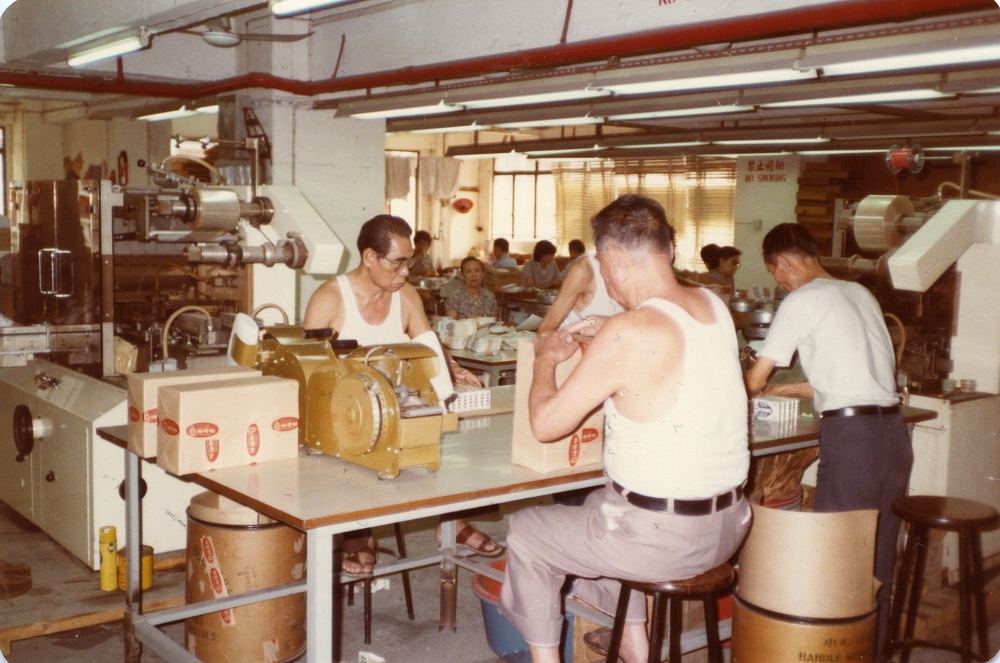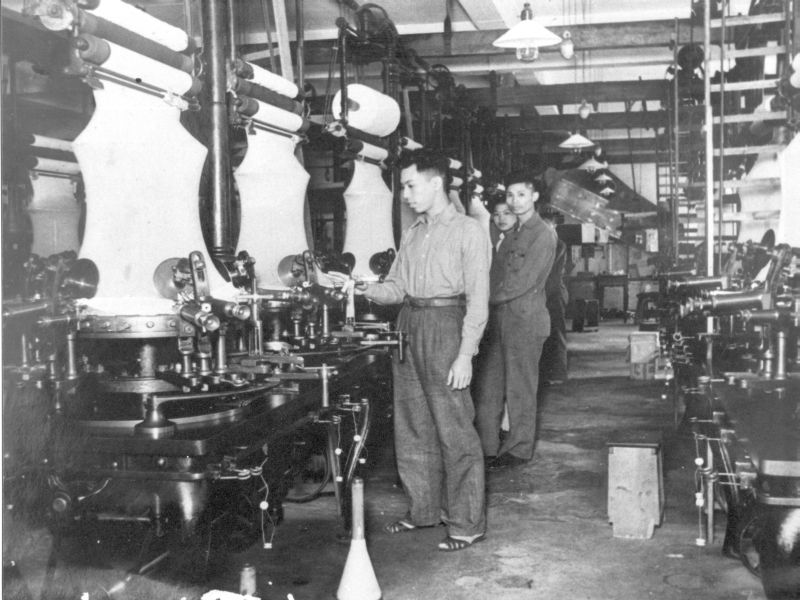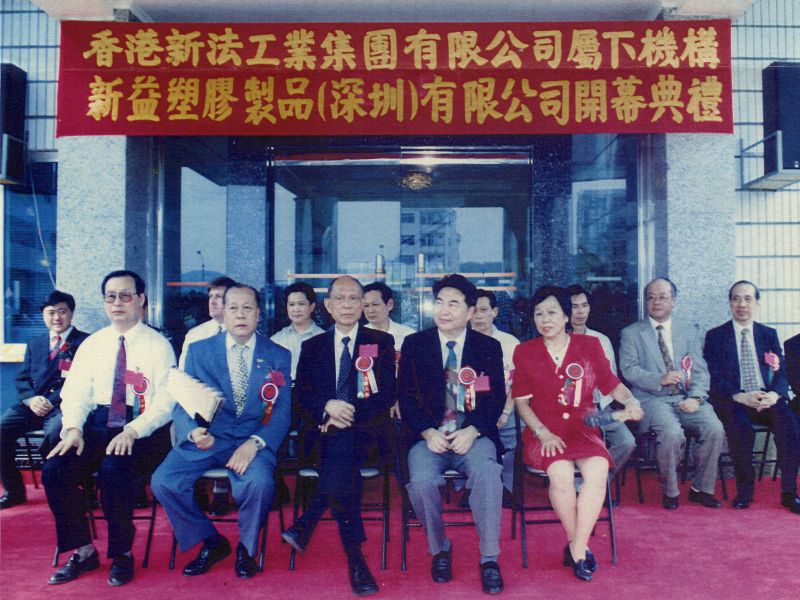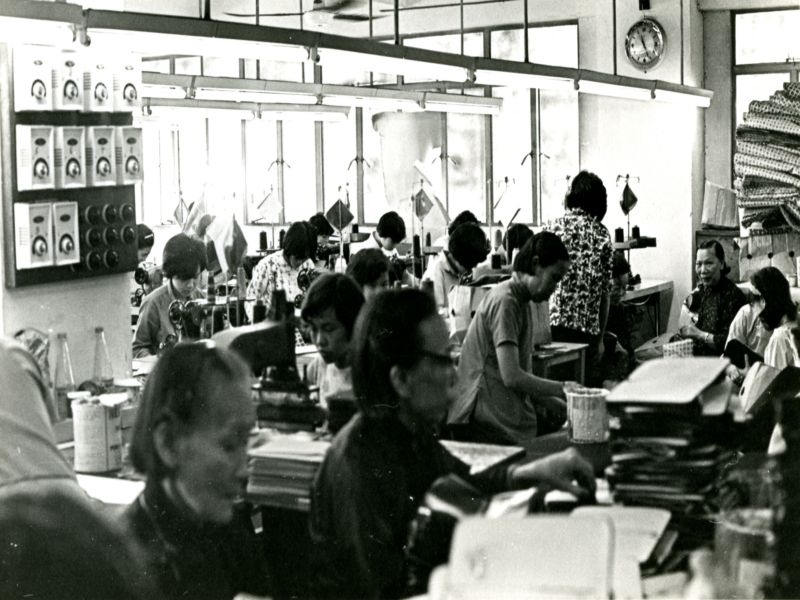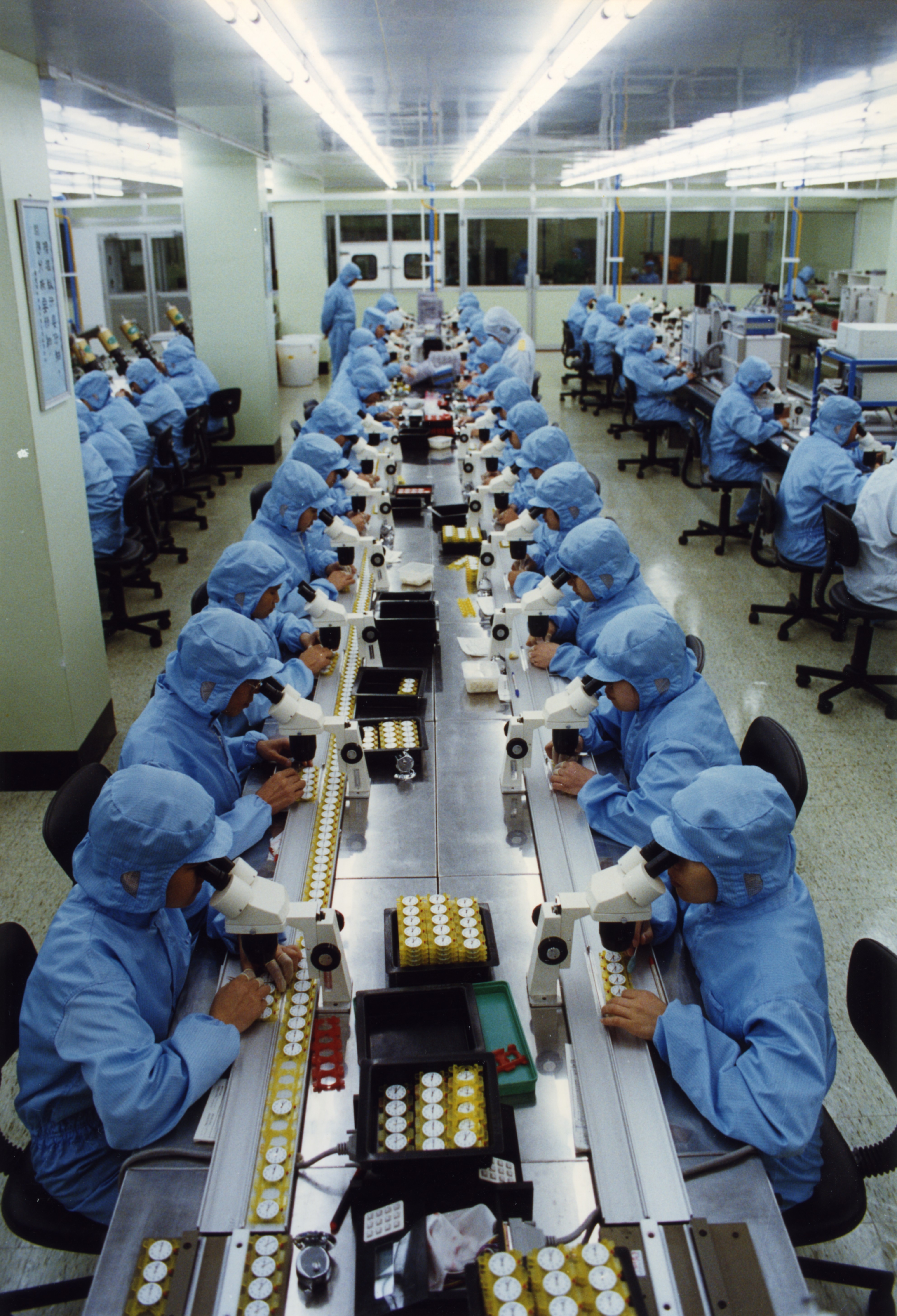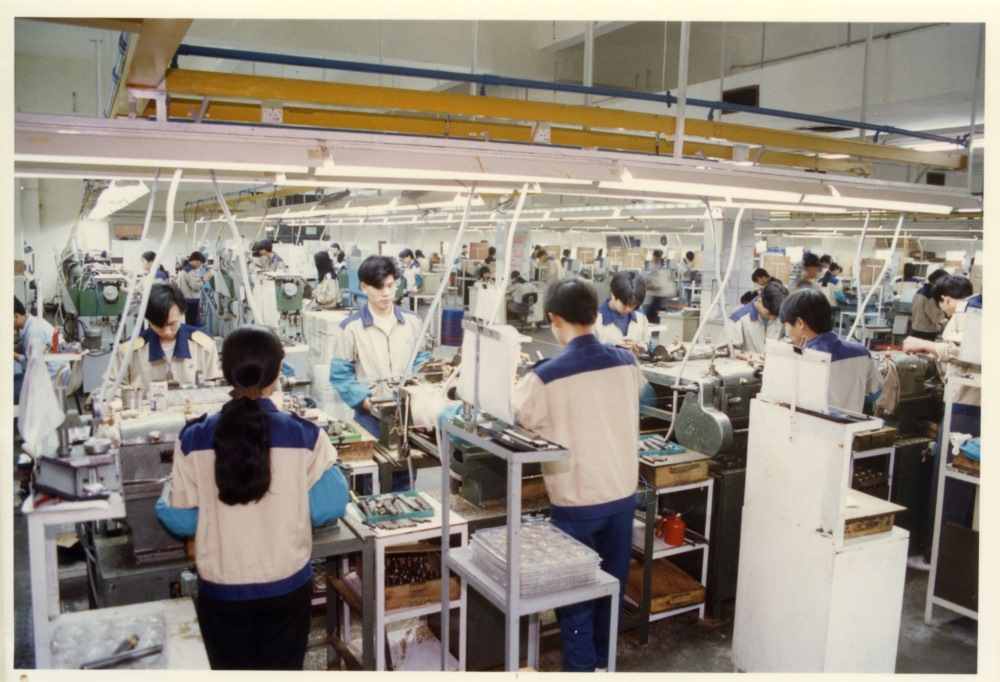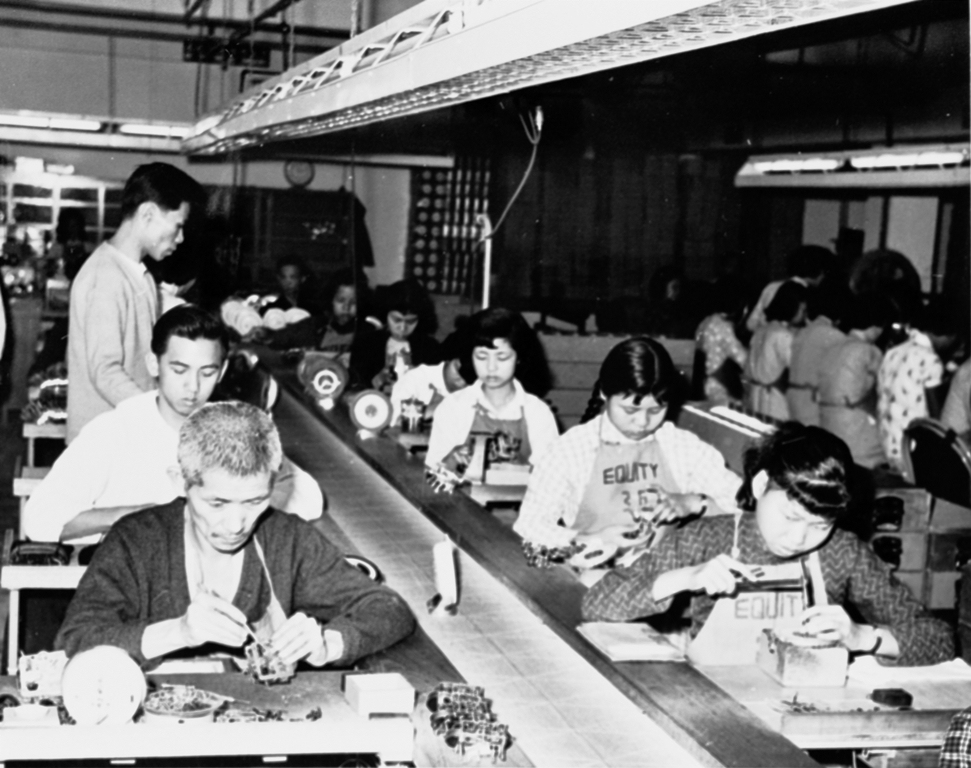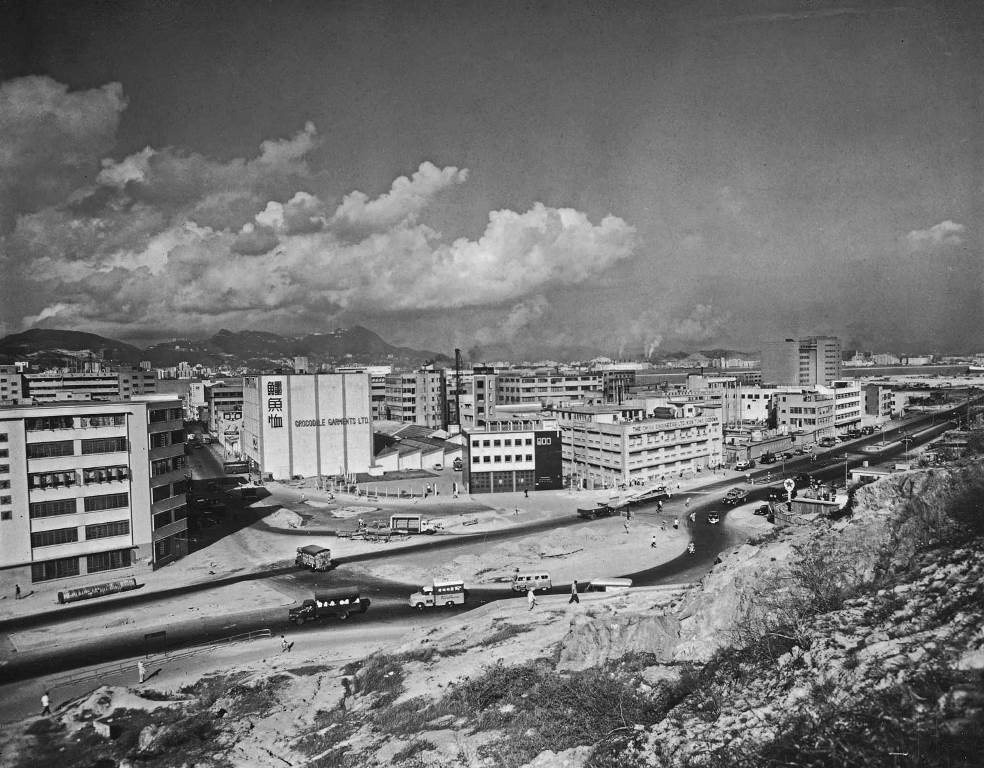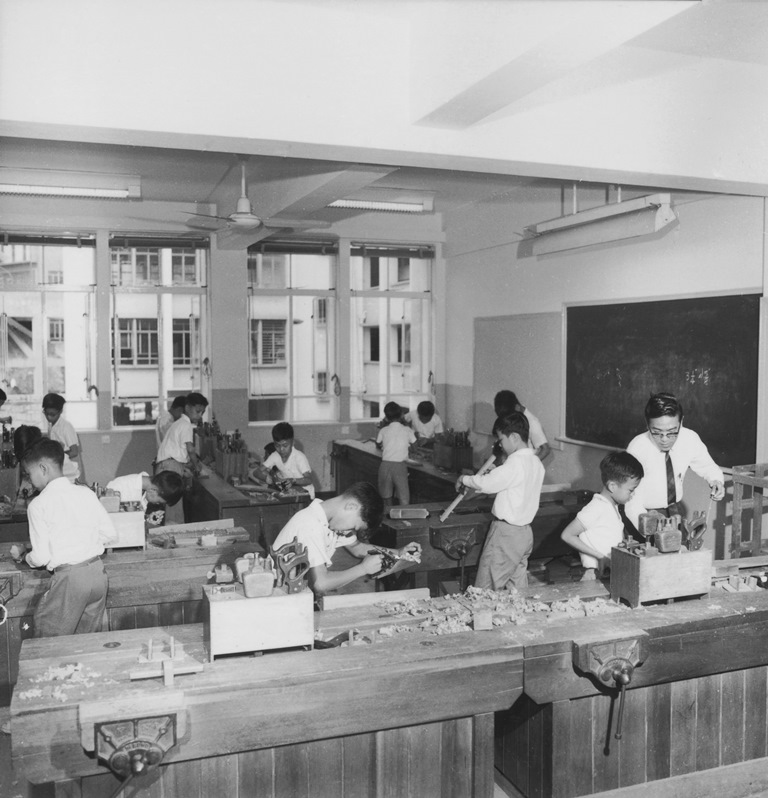The Rise and Decline of Hong Kong Industry
Industrial development in Hong Kong has a long history. Making boats and shipping related industries were the first to develop. More heavy industries developed by European companies. In the early 20th century, Chinese merchants established factories in Hong Kong, stimulating such industries as textile and the manufacturing of rubber shoes and torches. By the time of Japanese occupation, local industries had already made much progress. Industrial production was almost halted during the occupation but revived quickly after the War. Shanghai industrialists brought in capital and technical knowhow with them; large numbers of refugees provided an immense pool of cheap labour; capitals moved from trading to manufacturing under the impact of Korean War; the opening of markets in the United States and Europe saw further progress in Hong Kong’s industrialization.
In the 1960s, Hong Kong was the export centre of manufactured products in East Asia. The following decade saw the spread of Original Equipment Manufacturers (OEM) as Hong Kong became the production base of many overseas brand products. In the 1980s, labour-intensive production processes were relocated to the north. Small and medium sized enterprises moved the whole factory to China; some of the larger and more energetic companies engaged in retail trade and brand development. This trend has continued into the 2000s.






